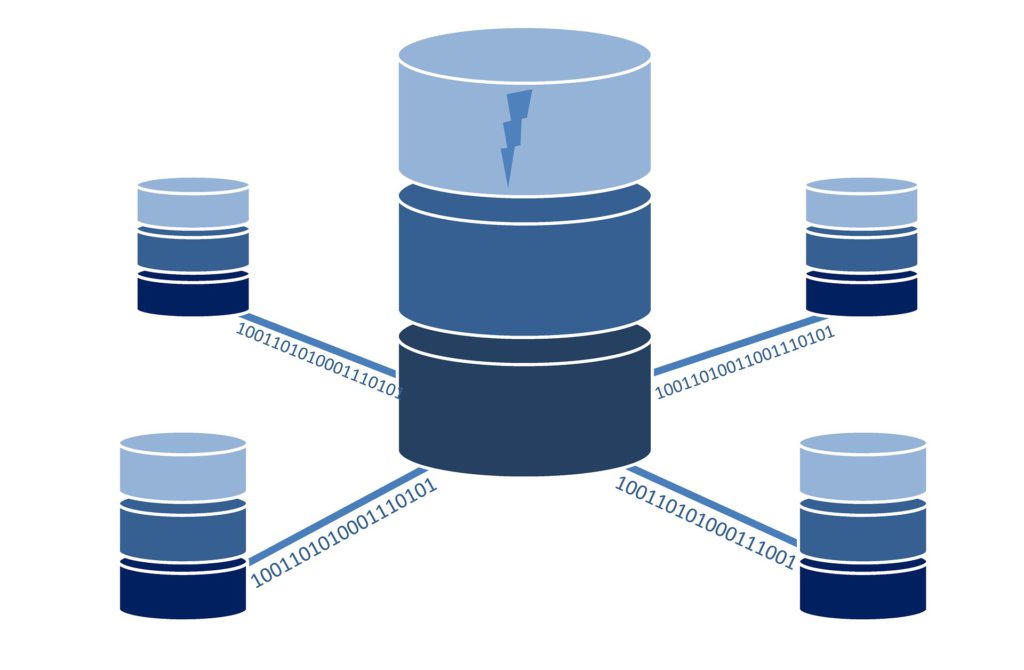In today’s competitive landscape, effectively utilising terminology tools and leveraging the SEI tool can significantly enhance your brand’s visibility and reputation. Establishing a compelling online presence is essential for businesses seeking to connect with their audience and stand out. A strong brand fosters customer loyalty and positions you as an industry leader. By focusing on strategic branding and innovative approaches, you can create a lasting impression that resonates with consumers. Embracing the right tools and strategies allows you to navigate the digital world confidently. In this article, we will discuss seven key aspects of elevating your brand and enhancing your online presence.
Establish a Distinct Brand Identity

Your brand’s identity serves as the cornerstone of your online presence, encompassing elements such as your logo, color palette, typography, and overall design approach. Consistency across all digital platforms is essential. Your branding elements should be unified on your website, social media channels, and email newsletters. A well-defined brand identity boosts recognition and builds trust with your audience. It’s important to invest time in crafting a unique identity that reflects your values and mission, leaving a lasting impression on your target market.
Regularly Monitor Your Online Reputation
In today’s interconnected world, your brand’s reputation holds significant sway over your success. It’s crucial to consistently keep an eye on the conversations about your company online. Leveraging tools such as social media monitoring platforms and review sites can help you stay informed about customer feedback and mentions. Timely responses to negative comments or reviews are vital; addressing concerns in a professional manner can help minimize damage and showcase your dedication to customer satisfaction. Proactively managing your online reputation can help cultivate a positive image and nurture enduring connections with your audience.
Engage Meaningfully with Your Audience
Developing a loyal customer base relies on engaging effectively. Engage with your audience on social media, be responsive to comments and messages, and take part in relevant online communities. Demonstrate genuine interest in your customers’ needs and feedback. By establishing authentic connections, you can nurture brand advocates who support and protect your business from negativity. Consistently sharing updates, asking questions, and seeking feedback fosters a sense of community, making customers feel appreciated and listened to.
Produce High-Quality, Relevant Content
Valuable and engaging content is essential in the digital space. To captivate your audience, focus on producing informative articles, compelling videos, captivating visuals, and impactful social media posts. Each format provides unique opportunities to connect with your followers. By consistently delivering high-quality content, you can attract new customers and retain existing ones while establishing your brand as a credible industry leader. Regularly updating your content will help ensure its relevance and appeal to current trends, maintaining your audience’s interest.
Implement Robust Security Protocols
Protecting your brand is not limited to managing its reputation; it also involves securing your online platforms. Ensure that your website and digital assets are fortified against cyber threats. Utilise secure and memorable passwords, set up multi-factor authentication, and routinely check for updates on all applications and extensions. Investing in reliable web hosting services and utilising a content delivery network (CDN) can enhance security. By prioritising online safety, you protect your data and your customers’ sensitive information, reinforcing their trust in your brand.
Optimise Your Online Presence for Search Engines
Optimising your search engine plays a critical factor in enhancing your online visibility. Start by conducting thorough keyword research to pinpoint the phrases and terms your target audience uses. Integrate these keywords thoughtfully into your content, metadata, and website structure to elevate your search engine rankings. This strategic approach will help amplify your online presence and draw in more visitors. A well-optimized website not only attracts organic traffic but also bolsters your brand’s credibility and establishes you as an industry authority. It’s important to regularly reassess your SEO strategies to adapt to algorithm changes and evolving user behavior, ensuring that your brand remains easily discoverable.
Stay Ahead of Industry Trends
The digital landscape is constantly changing, so it’s important to stay updated on industry trends and emerging technologies. Keep an eye on shifts in consumer behavior, market developments, and competitive strategies. Adapting your approach to align with these changes will help you stay relevant and maintain leadership in your sector. Embracing innovation and being open to new ideas keeps your brand competitive and positions it as a forward-thinking entity that responds effectively to market dynamics.
Concentrating on these seven key aspects can protect your brand and establish a commanding online presence. The journey requires a commitment to consistency, engagement, and adaptability. Start implementing these strategies today, and you’ll see your brand thrive and become a leader in the digital landscape.


























 As rates of parts and products for basically each physical item – vehicles, mobile phones and clothes to name a few – have dropped in the
As rates of parts and products for basically each physical item – vehicles, mobile phones and clothes to name a few – have dropped in the  brokers
brokers Every second within the U.S., an elderly adult experiences a fall, accounting for at least 27,000 deaths from falling among elderly people, according to the CDC. While
Every second within the U.S., an elderly adult experiences a fall, accounting for at least 27,000 deaths from falling among elderly people, according to the CDC. While 

 We all know how much technology has helped improve our lives, especially since the smart phone boom. There are apps for just about everything including ordering
We all know how much technology has helped improve our lives, especially since the smart phone boom. There are apps for just about everything including ordering  Automation of organisation and detail procedures using a procedural governance structure does not provide much better access, effectiveness and expense control, it decreases crucial threats of mistake and maladministration. And it restores important money and time to firms that can be released in locations with the best result.
Automation of organisation and detail procedures using a procedural governance structure does not provide much better access, effectiveness and expense control, it decreases crucial threats of mistake and maladministration. And it restores important money and time to firms that can be released in locations with the best result.